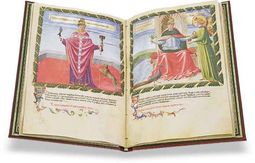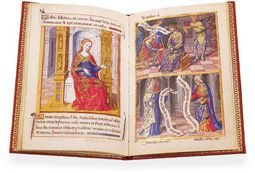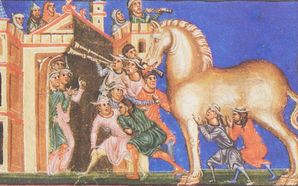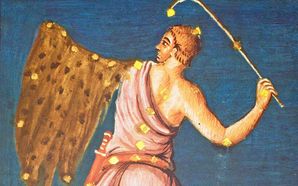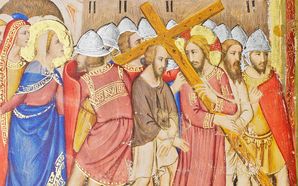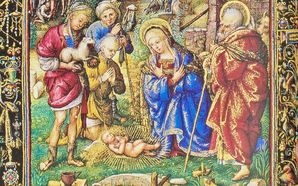Prophecy
Man has always been obsessed with trying to know the unknowable, from predicting the fate of the world to simply forecasting tomorrow’s weather. Unlike astrologers, whose predictions are based on the movement and alignment of the stars, prophets claim to have divine inspiration or direct contact with a deity as the source of their legitimacy.
Medieval prophecy was rooted in both Ancient Greece and the biblical tradition, which were blended in works like The Sibylline Prophecies. The blending of these pagan and Abrahamic traditions came to its full fruition during the Renaissance, when interest in works from antiquity was at its peak. Prophets were usually some kind of cleric during the Middle Ages and their prophecies tended to be enshrined within Christian iconography. Enigmatic texts like the Vaticinia Pontificum were usually adorned with fanciful imagery that reflected their bizarre content and gave full range to the miniaturists who were tasked with the creation of prophetic manuscripts.
Demonstration of a Sample Page
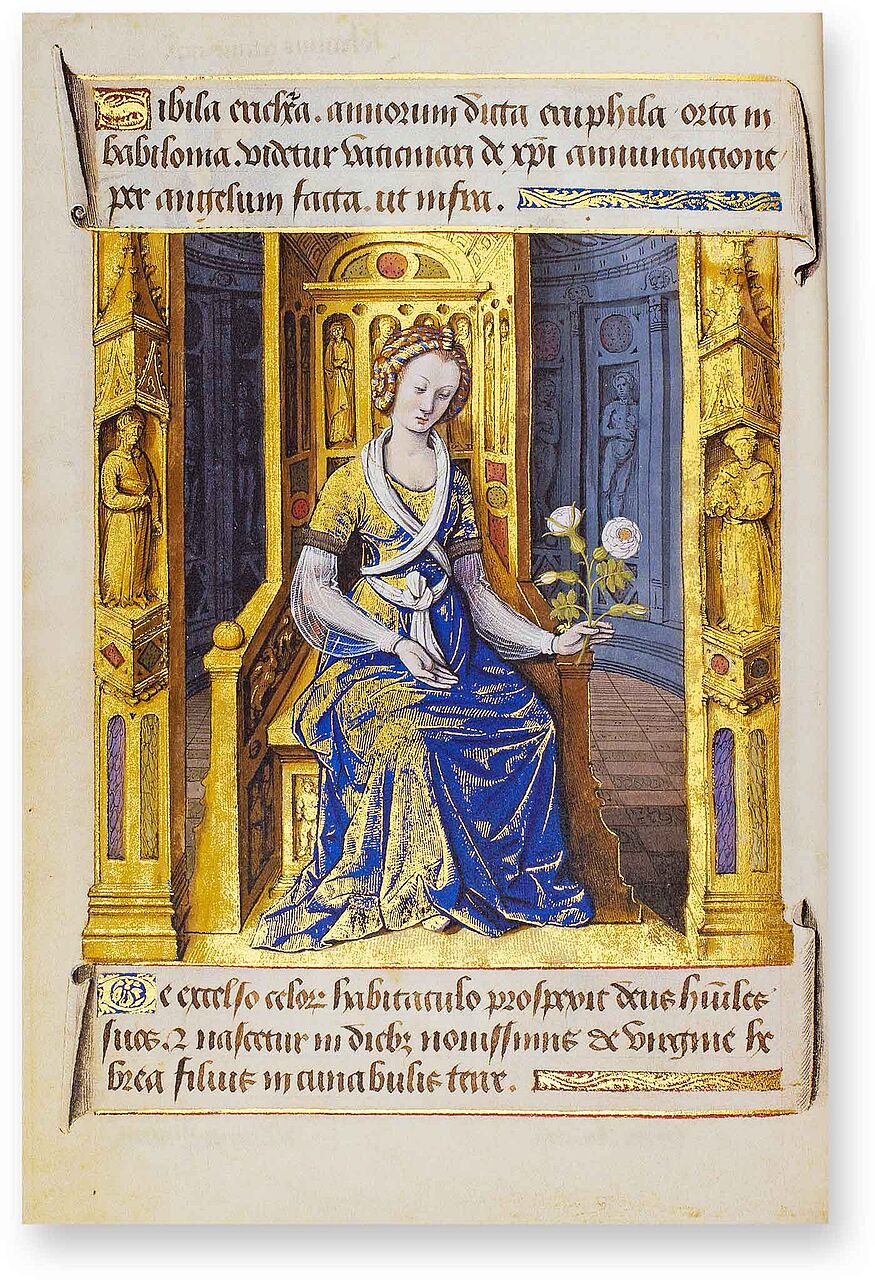
The Sibylline Prophecies
The Erythraean Sibyl
The sibyls were the famous oracles of Ancient Greece located at various holy sites throughout the ancient world, each drawing divine inspiration from a certain deity with whom they were associated. These pagan prophetesses and their prophecies were gradually Christianized and became a popular subject for Renaissance art like the gilded masterpiece at hand.
Presiding over the Apollonian oracle at Erythrae, the Erythraean Sibyl is credited with prophesying the destruction of Troy while also claiming that Homer would distort the truth of it. Her prophecies came in the form of an acrostic written on leaves so that the first letters formed a word. Once adapted for Christianity, the Erythraean Sibyl was credited for prophesying the coming of the Redeemer.

